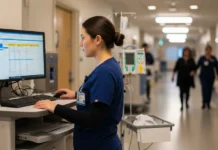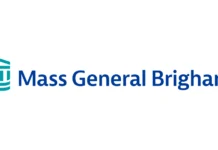Asus Intelligent Cloud Services (AICS), Asustek Computer’s AI R&D center, has cooperated with Chung Shan Medical University Hospital in central Taiwan to develop an AI-based electronic medical record search engine and an AI-based de-identified medical big data search system, with the two to be adopted by 15 medical centers and hospitals, according to AICS director and Asustek corporate vice president Tai-yi Huang .
The hospital has used the medical big data search system in evidence-based medical education, practice of preventive medicine and management for quality of medical care, said vice president of Chung Shan Medical University Hospital Ming-che Tsai.
For application to evidence-based medical education, in case of cystitis, information on common cystitis-causing bacteria and the most frequently prescribed antibiotics can be searched, Tsai noted.
As used in management for quality of medical care, hospitals can regularly check important indicators, such as the proportion of emergency treatment patents for those hospitalized within three days and the number of patents hospitalized again within seven days after being discharged, as reference for minimizing repeated hospitalization, Tsai said.


















